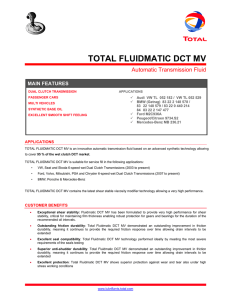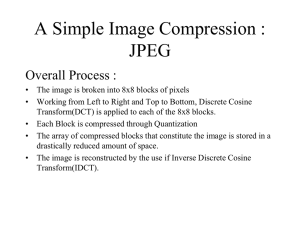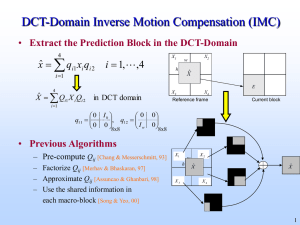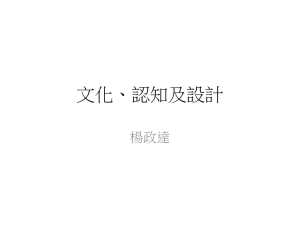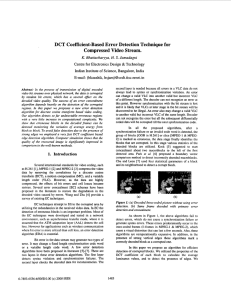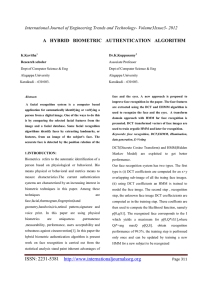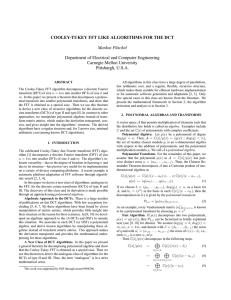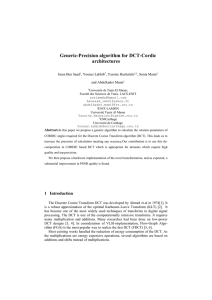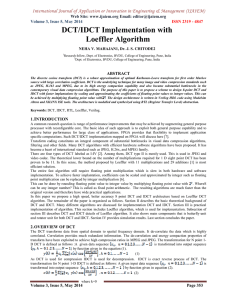25662 Use Digital Communication Technologies
advertisement
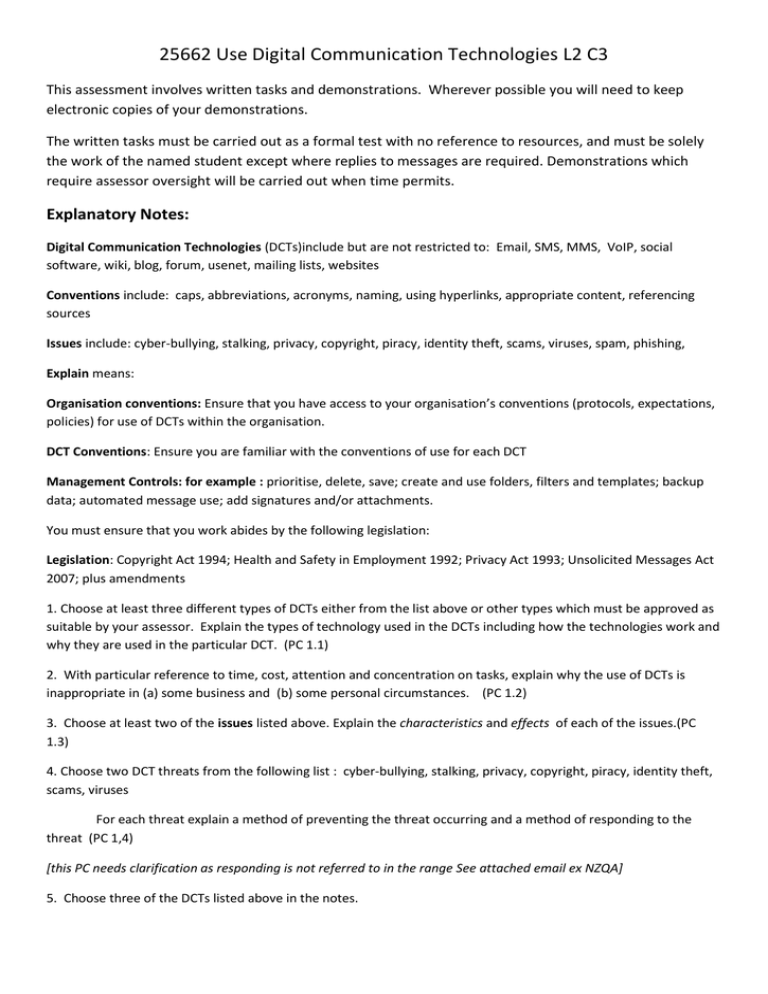
25662 Use Digital Communication Technologies L2 C3 This assessment involves written tasks and demonstrations. Wherever possible you will need to keep electronic copies of your demonstrations. The written tasks must be carried out as a formal test with no reference to resources, and must be solely the work of the named student except where replies to messages are required. Demonstrations which require assessor oversight will be carried out when time permits. Explanatory Notes: Digital Communication Technologies (DCTs)include but are not restricted to: Email, SMS, MMS, VoIP, social software, wiki, blog, forum, usenet, mailing lists, websites Conventions include: caps, abbreviations, acronyms, naming, using hyperlinks, appropriate content, referencing sources Issues include: cyber-bullying, stalking, privacy, copyright, piracy, identity theft, scams, viruses, spam, phishing, Explain means: Organisation conventions: Ensure that you have access to your organisation’s conventions (protocols, expectations, policies) for use of DCTs within the organisation. DCT Conventions: Ensure you are familiar with the conventions of use for each DCT Management Controls: for example : prioritise, delete, save; create and use folders, filters and templates; backup data; automated message use; add signatures and/or attachments. You must ensure that you work abides by the following legislation: Legislation: Copyright Act 1994; Health and Safety in Employment 1992; Privacy Act 1993; Unsolicited Messages Act 2007; plus amendments 1. Choose at least three different types of DCTs either from the list above or other types which must be approved as suitable by your assessor. Explain the types of technology used in the DCTs including how the technologies work and why they are used in the particular DCT. (PC 1.1) 2. With particular reference to time, cost, attention and concentration on tasks, explain why the use of DCTs is inappropriate in (a) some business and (b) some personal circumstances. (PC 1.2) 3. Choose at least two of the issues listed above. Explain the characteristics and effects of each of the issues.(PC 1.3) 4. Choose two DCT threats from the following list : cyber-bullying, stalking, privacy, copyright, piracy, identity theft, scams, viruses For each threat explain a method of preventing the threat occurring and a method of responding to the threat (PC 1,4) [this PC needs clarification as responding is not referred to in the range See attached email ex NZQA] 5. Choose three of the DCTs listed above in the notes. a.) Demonstrate the use of each DCT in an appropriate manner ensuring the content meets the organisation’s conventions for purpose, target audience and the particular DCT. All Messages and replies must be filed in accordance with accepted practice in the organisation. (PC 2.1) b.) Each usage must also meet the organisation’s conventions for layout, etiquette and protocols. (PC 2.2) Where possible ensure that electronic copies of messages, attachments etc are kept as evidence of completion. Verbal communications may require attestation from the receiver as well as demonstration in front of the assessor. c.) For each DCT chosen describe at least two methods of managing the communications using controls involved in the technology and demonstrate how each of these methods works for the DCT. (PC 3.1)

